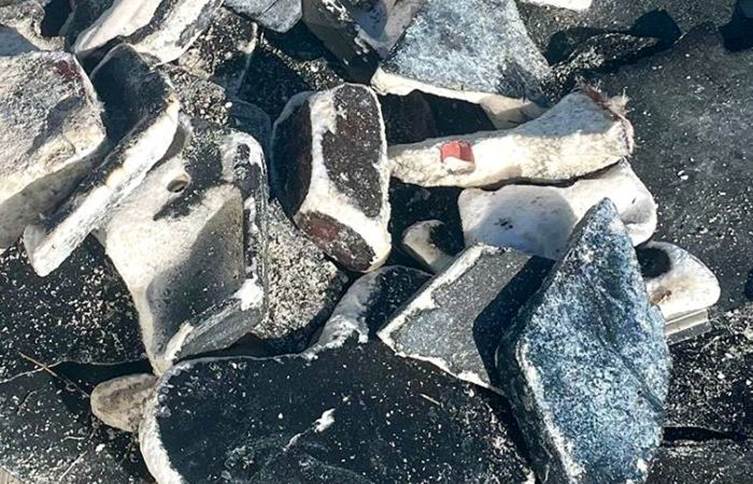SpaceX Starship Tests Soured by Air and Water Pollution

Caribbean island sea shores are being immersed with trash from Elon Musk's detonated rocket.
Launches of SpaceX Starships might be thrilling, but nothing compares to their spectacular disasters. Their aftermath is also showing that to be the truth. Although space technology has made amazing strides, the environmental cost is now being assessed and is turning out to be more than many first thought. Reports suggest that the recent Starship explosion over the Caribbean has damaged the air quality and beaches in the area.
Even while the first-stage rocket made a safe return to the hospitable embrace of the "Mechazilla" orbital launch and integration tower (OLIT), the most recent SpaceX Starship flight, which occurred in mid-January, tragically did not reach orbit. Around ninety miles above the land, the Starship burst, causing amazing vistas of falling debris to be seen from both the ground and the air.
Unfortunately, while such displays are lovely, they raise worries about pollution. For weeks, there have been stories of fragments of the Starship washing up on Turks and Caicos beaches, with residents and tourists selling them on eBay. These pieces of Starship are still visible around the Caribbean, and a study has been released about the effects of the rocket's air pollution.
According to University College London atmospheric chemistry specialist Connor Barker, the bursting Starship might have released up to 45.5 metric tons of metal oxides and 40 metric tons of nitrogen oxides into the high atmosphere. The pollutants from this single failed rocket test are about comparable to one-third of the material burnt up in the atmosphere by falling meteors each year.
While this is troubling in and of itself, there is particular concern about nitrogen oxides, which have a particularly detrimental effect on the ozone layer and may stymie the continuing effort to restore it from its peak damage in the 1990s.

The main caveat here is that they are simply estimations, as Barker explained to Space.com. There's no telling how much of the substance in issue burnt up in the atmosphere and so polluted the air, as opposed to washing down in the ocean and polluting the seas. It is undoubtedly a combination of the two, but the ratio is difficult to determine.
At the very least, Starship's stainless steel architecture is less of an issue than standard aluminum rockets. When they break up in the atmosphere after re-entry, they produce aluminum oxides, which are particularly detrimental to ozone and can influence the reflectivity of the Earth's atmosphere. Because they are rapidly diffused into the upper atmosphere, they tend to stay there for an extended period of time.
This raises more worries regarding the environmental impact of space launches and landings. These are projected to increase significantly in the next years, as developing rocket technologies enable the fast reuse of vehicles. This could lead to easier exploration of space for travel and scientific pursuits, as well as possible commercial space mining operations.



